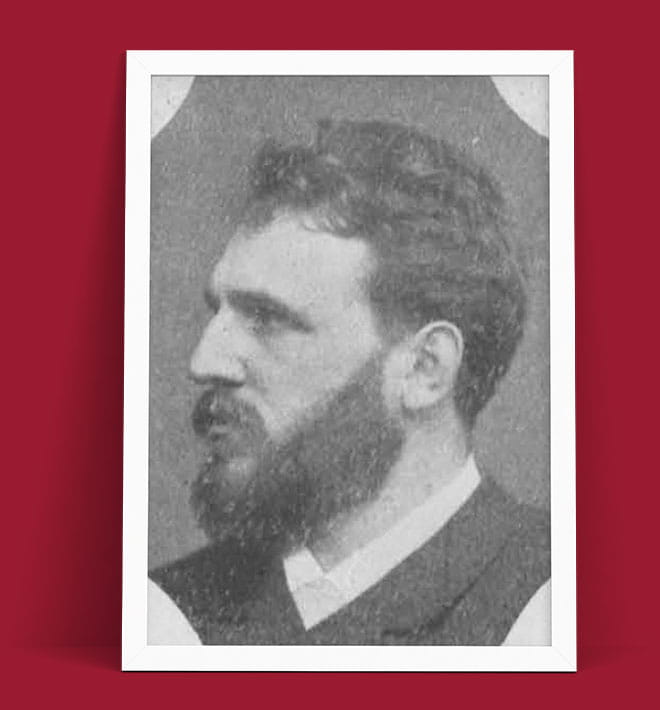Peter Breuer (1856-1930)
was a German sculptor whose works oscillate between tradition and modernity. Peter Christian Breuer was born on May 19, 1856 in Cologne. He taught as a professor of sculpture at the Art Academy Berlin-Charlottenburg, today`s Academy of Arts. His students included, inter alia, Hans Dammann, Fritz Röll, Leopold Fleischhacker, Felix Pfeifer and Rudolf Belling. He was one of the pioneers of modernity in the Berlin school of sculpture.
The life of Peter Breuer (1856-1930)
The school of sculpture was a movement of the 19th century; approximately 400 sculptors did belong to this movement that focused on creating memorials and portrays characterized by Realism as well as by Naturalism. This movement started in 1785 with Johann Gottfried Schadow and ended with the students of Reinhold Begas. The Modernism, he advanced at the school, is understood as movement or changes of all areas of life, including art, architecture, fashion and was also characterized by setting a borderline to the tradition.
Influences on his works
Since the 19th century the terminus is also used to draw an outline between past times and contemporary times. He created many busts and oversized sculptures, part time still obtained and exhibited or situated on public places open to the public. Appreciable in this context is the so-called "Monument-group 23", located at the Tiergarten or the statue of Johann Sigismund, a Prince-elector of the Margraviate of Brandenburg.
The sculptor also executed the Icarus sculpture on top of the Otto-Lilienthal-Memorial at Bäkepark Berlin-Steglitz. It was created in 1914 and is still situated inside the park. Another sculpture he once created and exhibited in public was a Beethoven Memorial. The sculpture was designed by him but finally executed by his assistant Friedrich Diederich.
He died on May 1, 1930 in Berlin. The sculpture wasn't exhibited during the lifetime, but posthumous at the bank of Rhine in Bonn. In 1949 the sculpture was amputated but finally reinstalled in 1977.


